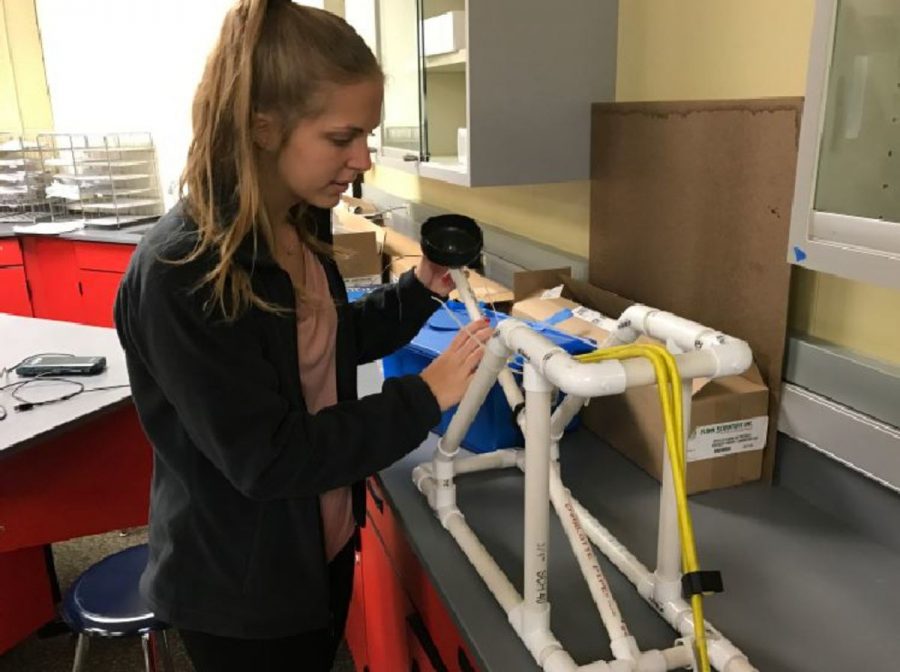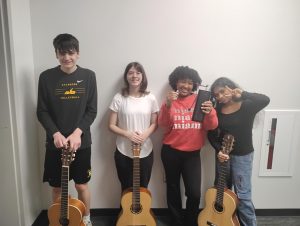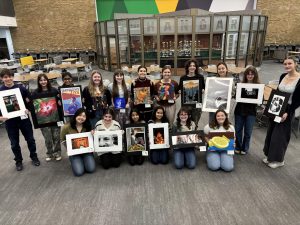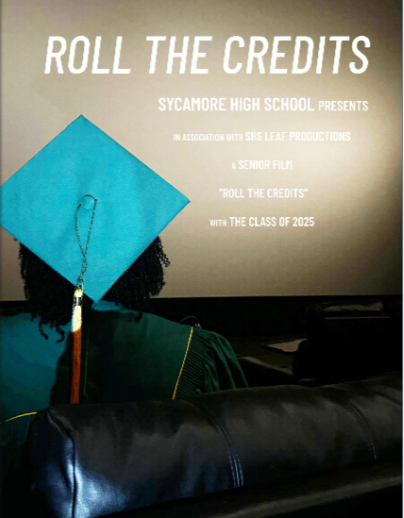Physics students launch into Cornholapalooza
TIME TO HURL. Madison Ringer, 11, demonstrates a PVC catapult-style launcher made by a previous student. Ringer plans to construct a similar device with partner Hannah Rozenson, 11. “We’re thinking of making a catapult out of wood instead. I want to do well and make it all the way to the end,” Ringer said.
March 31, 2017
Accelerated and AP physics students will soon participate in Cornholapalooza on April 10, a challenge to build projectile launchers with the ability to land a bean bag in a corn hole board.
“[Building the launchers] challenges students to apply their physics knowledge and gain hands-on experience solving hands-on problems,” said Ms. Julie Haverkos, physics teacher.
For Ms. Haverkos’ accelerated classes, an individual or team of two will compete in a corn hole tournament, a game where the objective is to successfully aim a bean bag and land it in a cutout hole.
Participants must launch four bean bags in less than two minutes, so their devices must be simple to reload as well as accurate since students are graded on the accuracy of their launcher.
Their launcher may fall into the category of a catapult, flinger, or slingshot, so long as it is shorter than 30 inches, costs less than $25 to construct, and able to shoot from a distance of 20 feet.
“I researched different launcher types, and I am excited to see what I end up constructing. I just hope that it works well and consistently on the day of the tournament,” said Allie Ross, 11.







